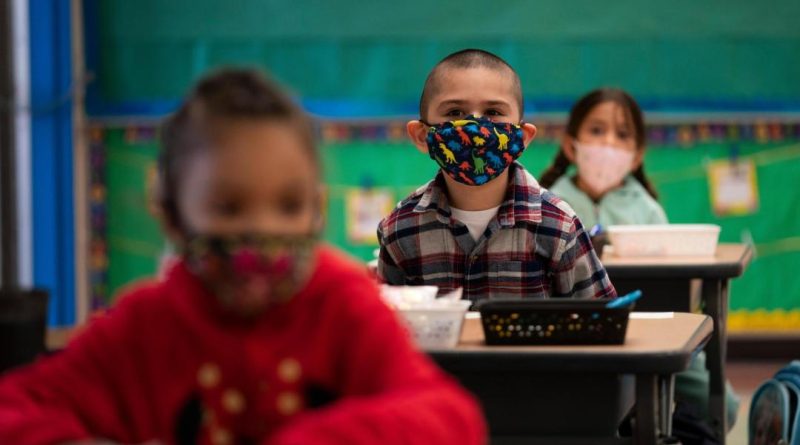Effective Learning Methods During the Covid-19 Pandemic
The spread of the Sars-Cov-19 virus in Indonesia has had a huge impact on education in higher education. The Minister of Education, through the Circular of the Minister of Education and Culture Number 4 of 2020 concerning Implementation of Education in the Coronavirus Disease (Covid-19) Emergency Period, wants all students to get optimal educational services but still prioritizes health protocols to break the Covid-19 chain to the maximum maybe. This condition makes all activities at all public and private universities in Indonesia implement an online or online lecture policy. As with the lecture system at the State Islamic University of Malang which has used an online / online learning system since March 2020, as well as by using several applications as online learning media.
The lecture process that was originally conventional (face-to-face in class) must change to online lectures that can be done without limited time and place. Changes in the learning system suddenly make many parties not fully ready to carry out online learning. During online lectures, many students complained of boredom and boredom because the teaching method was considered increasingly monotonous and ineffective. Many teachers are still stuttering in teaching using the online system, because they are accustomed to conducting conventional lectures.
The transition process from conventional lecturing systems to online lectures requires students, lecturers, and other learning elements to adapt and be technology literate as soon as possible. Universities need to apply new learning models so that lectures can continue to run optimally such as Blended Learning. Blended learning is a combination of online and conventional (face-to-face) learning forms. This model combines many conventional learning methods (lectures and face-to-face) with independent learning methods (projects, assignments, and labs) and online learning such as Elearning, ICT (Information and Communication Technology) and Multimedia. This learning model can be used as an alternative during the transition period towards complete online learning.
Blended learning can be developed according to the needs and learning objectives. With blended learning, actors in learning activities in higher education can take advantage of the accessibility of the online component with traditional classroom instruction and can expand the curriculum without increasing program completion time. The learning process is also more student-centered. The role of a lecturer, which was originally a “lecturer” will change to become a facilitator, companion, mentor, and partner for students to develop skills and knowledge. This method is very suitable to be applied for lectures during this new normal period. With the Enriched-virtual model, learning that has been done online for the last few months can now be combined with conventional learning. Learning can be done through live events, namely face-to-face learning at the same place and time (classroom) or at different times but in the same place (virtual classroom). Virtual classrooms can be used to maximize online lectures and minimize face-to-face lectures in class. This is certainly in line with students’ desire to be able to attend lectures face-to-face on campus.
Lecturers and students can do face-to-face online learning by using video conferencing applications such as google meetings and zoom. Face-to-face lectures in class can be conducted once or twice by turning on the camera as proof of attendance and turning on the mic if you want to speak or respond to a discussion. Such a system is carried out keeping in mind the protocol. Blended learning provides opportunities for students to learn independently according to their learning style.
Blended learning also allows learning to be carried out online fully. Through the Web Enchanced Course, lecturers and students are expected can take advantage of the internet and technology to improve quality classroom learning. With the internet, students can communicate with lecturers, with friends, with group members, even with other sources. Online learning also requires interesting teaching materials and easy to understand. Therefore, lecturers and students must be able work together to find and find learning methods and media varied and innovative. Lecturers and students must also be able to use, operate, and implement technology in the learning process on line. That way, learning with a blended learning model can implemented well and it is hoped that all elements of learning can be more ready to do a thorough online learning. Through this blended learning, access to education, efficiency and quality learning and teaching can be increased. Students are expected to utilize online and digital media to develop capabilities critical thinking and problem solving, and have skills to communicate and cooperate. Students and lecturers are also expected to adapt quickly as well always have the initiative to create and innovate and the initiative to access and analyze information in order to achieve online learning actually.

